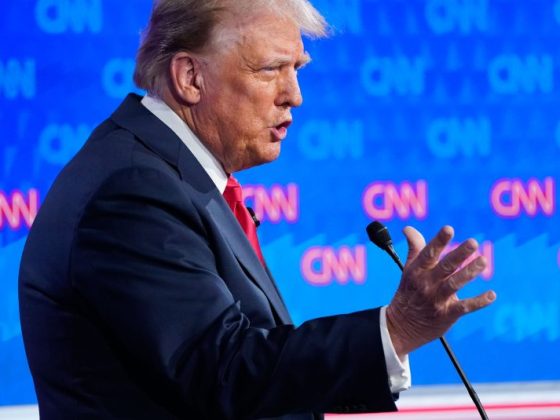In the highly volatile world of technology stocks, a bubble rapidly inflating and bursting within the short span of three weeks is not only plausible but has starkly manifested in recent times. In this piece, we examine the elements that contribute to such extreme volatility, the defining moments of balloon-like expansion and the consequential crater-like collapse, and the lasting impacts these incidents have on investors, the market, and the economy at large.
The formation of a tech stock bubble is often facilitated by a potent mixture of surging market optimism, technological breakthroughs, and a significant inflow of capital. The onset of this situation is typically predicated on hype and expectations surrounding new tech-based developments or companies, which push their potential profitability to dizzying heights.
During the first week of this three-week period, often characterized by euphoria, the next big thing in technology catches the attention of investors globally, leading to an aggressive buying spree. Speedy and high-volume trades cause these tech stocks’ prices to soar far beyond their actual worth. This drastic gap between the real and inflated values forms the precarious tech stock bubble.
Interestingly, despite their negative connotation, stock market bubbles are not entirely disastrous in their genesis. During this inflation period, considerable wealth is generated seemingly from thin air, and the amplified trade activity can stimulate economic growth. Moreover, it can lead to increased funding for technological advancements, leading to potential long-term benefits.
However, moving into the second week, the precarious nature of this situation becomes apparent. Amid growing skepticism about the overblown expectations and increased scrutiny of the tech companies’ ability to deliver substantive returns, the first signs of instability start appearing. Investors initially drawn by the prospects begin to question the inflated values, triggering a slow but sure price decline.
This disillusionment phase leads to the pivotal ‘prick’ in the bubble during the third and final week, causing what was once artificially inflated to experience a sharp and often precipitous fall. Market sentiment shifts from blind optimism to panic as investors scramble to sell their shares before prices bottom out. The swift sell-off leads to a dramatic collapse in value, characterizing the burst of the tech-stock bubble.
This short-lived burst can leave several casualties in its wake, including investors who entered the market during its peak, only to lose substantial sums as the tech shares tumble. Furthermore, the rapid collapse can deliver a major blow to the tech companies involved, especially those heavily dependent on their stock valuation for operational funding.
Moreover, the ripple effect felt across the overall market can often lead to a knock-on effect on other sectors. This downfall may engender a widespread loss of investor confidence and an increased reluctance to invest in start-ups and innovative tech, potentially slowing technological progression.
Despite the harrowing nature of a tech stock bubble and its subsequent burst, especially within a mere three weeks, it provides invaluable lessons. These include recognizing the inherent risks of speculative investing, appreciating the importance of due diligence when evaluating a company’s true value, and preparing for inevitable market volatility. While tech stocks will continue to provide immense opportunities for wealth generation, they also underscore the old adage – higher the potential reward, greater the accompanying risk.











